When domestic machines attack "foreigners" in groups, the fighting capacity cannot be underestimated...
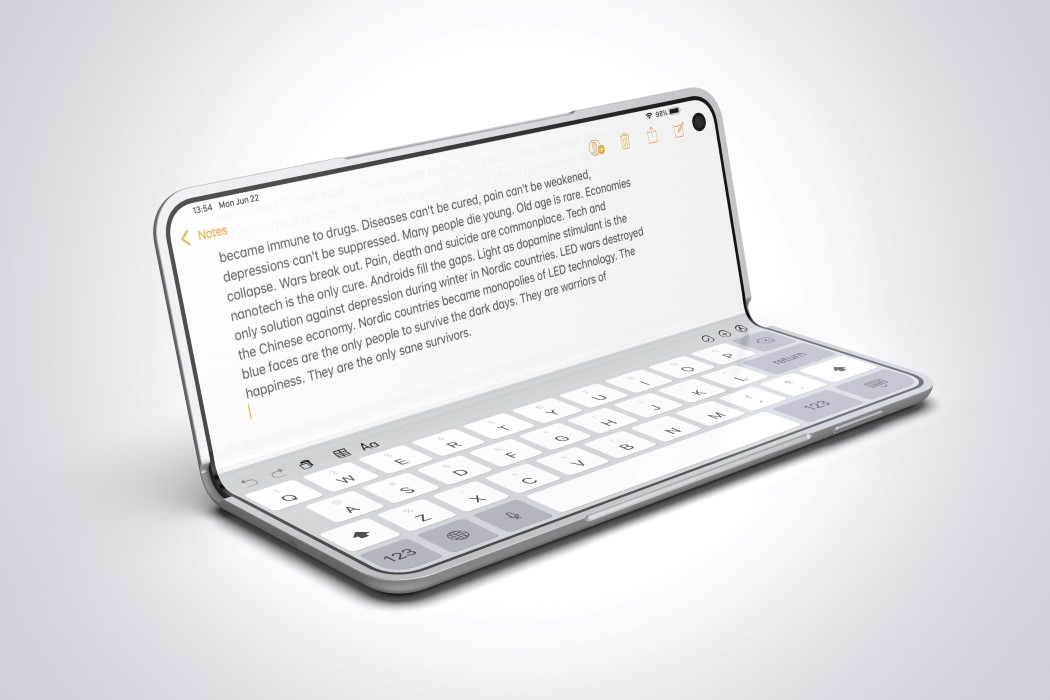
If the whole era of functional machines is the chronicle of the opening of mobile phone covers, from bricks, flip covers, sliding covers, screw covers to straight plates; Then the era of smart phones is the evolutionary history of the opening up of mobile phone screens, with no maximum but only larger.
Since Jobs redefined the smartphone with "iPhone" in 2007, and the price of the smartphone soared from 499 US dollars to 8699 yuan step by step, Apple has finally changed from a warrior to a dragon. However, there is no need to rush to deny the subversive innovation that allows Apple to make huge profits. At least the low-end market rejected by Apple has released huge "recoil".
Under the nourishment of this potential energy, the four domestic giants "China Cool Alliance" have completed their assembly and lived very well under the wings of operators. It was not until 2015 that millet, which was trapped in the Internet gene, collapsed. After the tide receded, only Huawei survived and OPPO & vivo took advantage of the situation. It happened to catch up with the help of the god of 2016 Samsung's constant bombing machine and 2017 Apple's innovation stall, and finally established the pattern.
In this revolution of power transfer, Xiaomi, who perfectly staged the "diaosi counterattack", was once rendered as another "dragon slaying warrior"; it was like a catfish carrying the banner of "cost performance" and launched a suicide charge against Apple. At that time, Lei Jun was in high spirit. However, after 2015, it overturned many times on its flagship machine Xiaomi note, in contrast, Huawei (Glory) and OPPO & vivo, which learned Xiaomi's marketing tactics, used their respective advantages in research and development and channels to quickly carve up the market after Samsung's awakening when Xiaomi was too busy. It was not until Lei Jun regained control of the supply chain and Xiaomi's mobile phone research and development that Xiaomi MIX won Xiaomi a breath.
As Lei Jun came out of the mountain, Xiaomi returned after a 21-month absence. In October 2016, Xiaomi MIX, a concept machine known as "Sharp Crystal", welcomed its own "1984".
After subverting the business model of large communication factories with community marketing, Xiaomi found its own fulcrum in product design this time, prying up the traditional aesthetics of smart phones with "full screen". And quickly dragged Apple, Samsung, Huawei, OPPO and vivo into this increasingly fierce "arms race" of mobile phones ".
Looking back at the evolution history of the full screen, you will find:
Although Xiaomi MIX's shipments are pitifully small, with production capacity and profitability problems, it is still the "founder" of the full screen; it is it that allows the smartphone to find the theme of the next stage, but unfortunately the Xiaomi model has no followers.
It was not until March 2017 that the three-star Galaxy S8 series redefined the full screen with a screen ratio of 18.5:9 that the first wave of full screen climax was really set off. Many domestic manufacturers such as Huawei, OPPO, vivo, One Plus, Hammer and other foreign players such as Google, LG and Sony immediately moved their small benches. Even Xiaomi cannot avoid customs.
Originally, Samsung played a good game of "performing arts without selling one's body". However, with the launch of Apple's new flagship iPhone X for the 10th anniversary in September, the appearance of 19.5:9 "Liu Haiping" immediately reversed numerous Samsung followers: after all, Samsung's core technology could not be learned and was embarrassed to be too similar, but Apple's posture of taking the screen to operate can be imitated. So, many manufacturers have begun to empty their minds to carry out "magic changes" on bangs: Sharp AQUOS S2's beauty tip, glory 8X Max's pearl screen, vivo X23's water drop screen, and Samsung Galaxy S10's perforated screen... The second wave of full screen is full of chaos.
The rush of bangs, water drop and perforated screens sets off the "normal" of curved screens ".
Seeing Apple and Samsung find enough presence on the full screen, Huami OV is naturally a little anxious.
OPPO and vivo have brought such lifting structures as OPPO Find X and vivo NEX. Xiaomi and Glory are not to be outdone. Even if "archaeology" digs out the old "slide" from the garbage heap of history, it has to attack foreigners. This is the day when Xiaomi MIX3 and Glory Magic 2 slide screens come.
However, this is only a branch line. Huawei and Samsung directly exchanged fire in 5G and folding fields on the main line. Xiaomi, OPPO and vivo followed up quickly. Although the 100% real and full screen is still not possible, the folding screen seems to open another door to the future, but the current technical solutions are not mature enough.
This requires major manufacturers to determine the outcome on the full screen before they completely enter the folding era.
Strictly speaking, at least so far, the full screen is only a "false concept" that has been hyped up. Those who claim to be full screen have only about 80% of the screen.
However, it doesn't matter whether users believe it or not. What matters is that these mobile phone manufacturers have unified their caliber and believe in it: as long as they have been pursuing the ultimate screen percentage, the receiving/listening sound hole can be placed on the side, the Home key can be operated by gestures, and the front camera can try its best to hide it. In this way, the screen will naturally become more and more "sexy".
However, we need to add here that even if it is 100% full screen, the fingers will block the edge pixels under the posture of not holding a single frame. Therefore, the extremely compressed border is not necessarily the best answer.
If one day, the mobile phone will completely become the internal image of the screen, and the screen will be separated from the grip due to thermal induction, or the electronic screen will not need to be directly projected on various carriers, or even directly transition to the brain-computer interface. This is probably the real "full screen".
Before that, it is necessary for us to sort out the development context of the full screen?
(1)
SharpAQUOS Crystal: No Inner Fluctuation
○
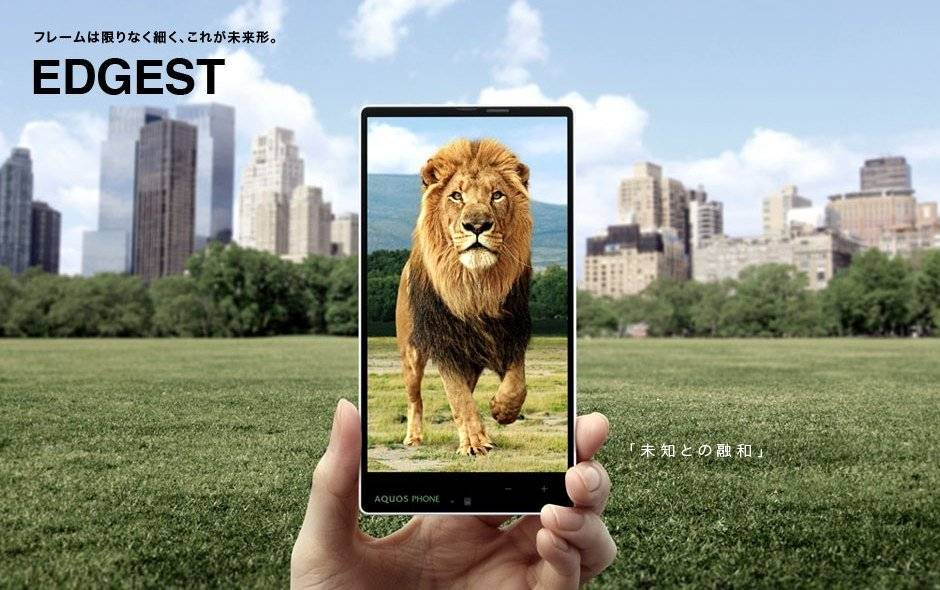
In terms of timeline alone, Sharp's borderless screen is at least 2 years earlier than Xiaomi's full screen.
In 2013, Sharp launched Sharp AQUOS PHONE Xx phones for the Japanese market.
This product belongs to Edgest product line. Its main feature is to bring the left and right sides of the display screen closer to the upper side to the frame as much as possible, thus realizing the screen proportion of the first generation Sharp AQUOS PHONE Xx 80.5%.
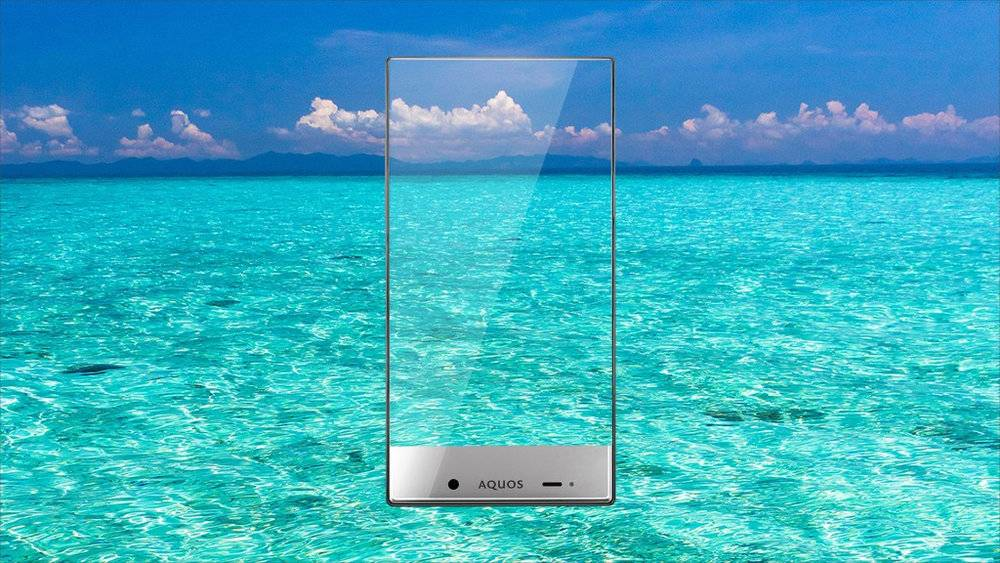
On August 29, 2014, Sharp released the upgraded Sharp AQUOS Crystal of AQUOS PHONE, which was launched in the United States and other countries.
This time Sharp AQUOS Crystal the cancellation of the receiver and equipped it with a bone conduction scheme, which minimized the opening of the front of the mobile phone, and the screen proportion was once as high as 81%.
But the borderless stunning did not bring Sharp back to life, and Sharp was still in financial crisis in 2015.
While everyone is still arguing about whether Xiaomi or Sharp is the originator of the full screen, Sharp's heart is not only not fluctuating, but also a little want to cry. Can't you sell a screen well these days? I accidentally even got bought by Foxconn.
②
Xiaomi MIX: Pigs Standing on Tuyere
○
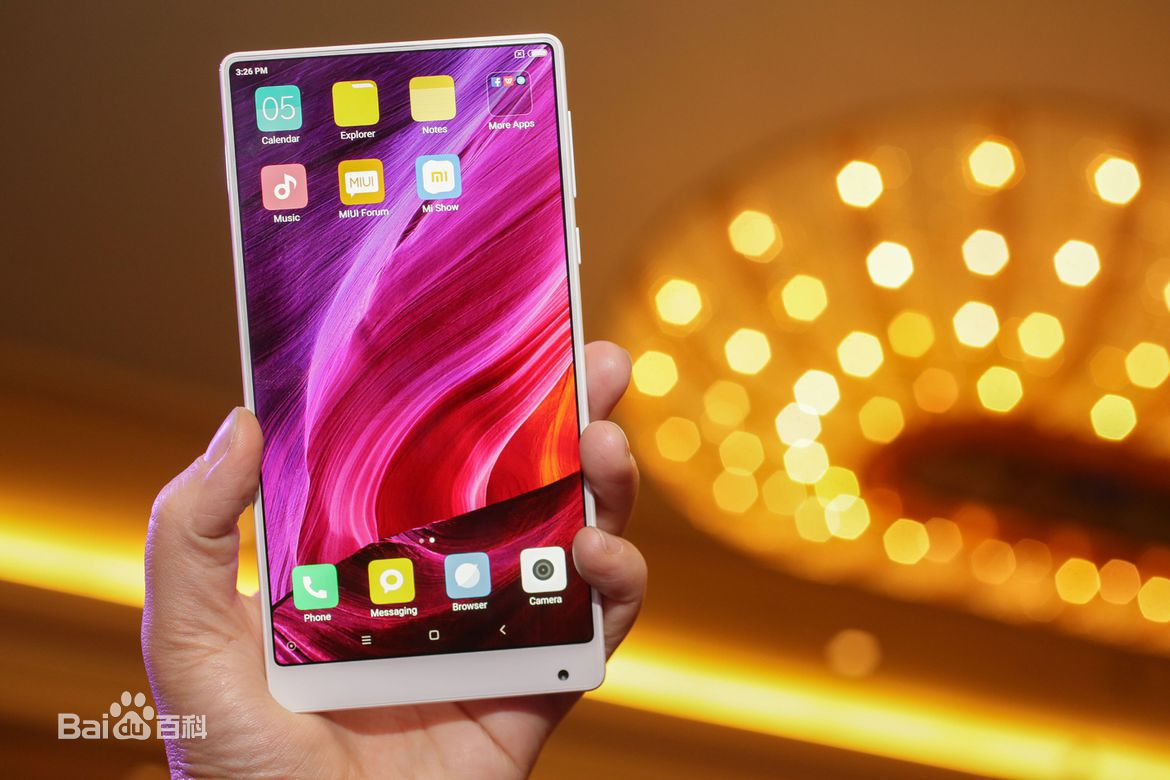
Although there was no definition of border and full screen as early as Sharp's time, it was not until Lei Jun and Stark shouted the slogan of "full screen" that the era of full screen really opened.
On October 25, 2016, at the Xiaomi autumn new product launch conference, the full-screen concept machine Xiaomi MIX, which was unveiled with the flagship machine Xiaomi Note2, accounted for 91.3% of the screen.
The unique wide chin, all-ceramic body and "under-screen camera" have made Xiaomi's screen share and once pulled Xiaomi MIX into the whirlpool of "plagiarism". However, people themselves use Sharp's screen, and there is no dispute over the continuation of their matching design. After all, Sharp originally sold LCD screens.
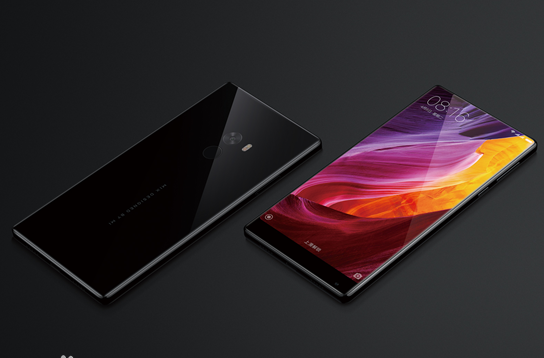
On top of Sharp's screen technology scheme, Xiaomi has made complete machine designs such as ultrasonic wave and frame resonance. In particular, the mole in the lower right corner and the 17:9 screen make Xiaomi MIX a bit counter-intuitive.
However, there is no denying that Xiaomi's black constitution once pushed the full screen to the forefront.
Until Samsung came out with a "full-view curved screen", Lei Jun redefined the "full-screen mobile phone" amid doubts; but the MIX series quickly returned to the mainstream after a generation.
Although it has been questioned, MIX is not without gain: after winning the IDEA gold medal, Xiaomi MIX has been "exceptionally" collected by the world-renowned Finnish National Design Museum with its groundbreaking full screen design.
(3)
Samsung Galaxy S8 /S8: Unbearable weight
○
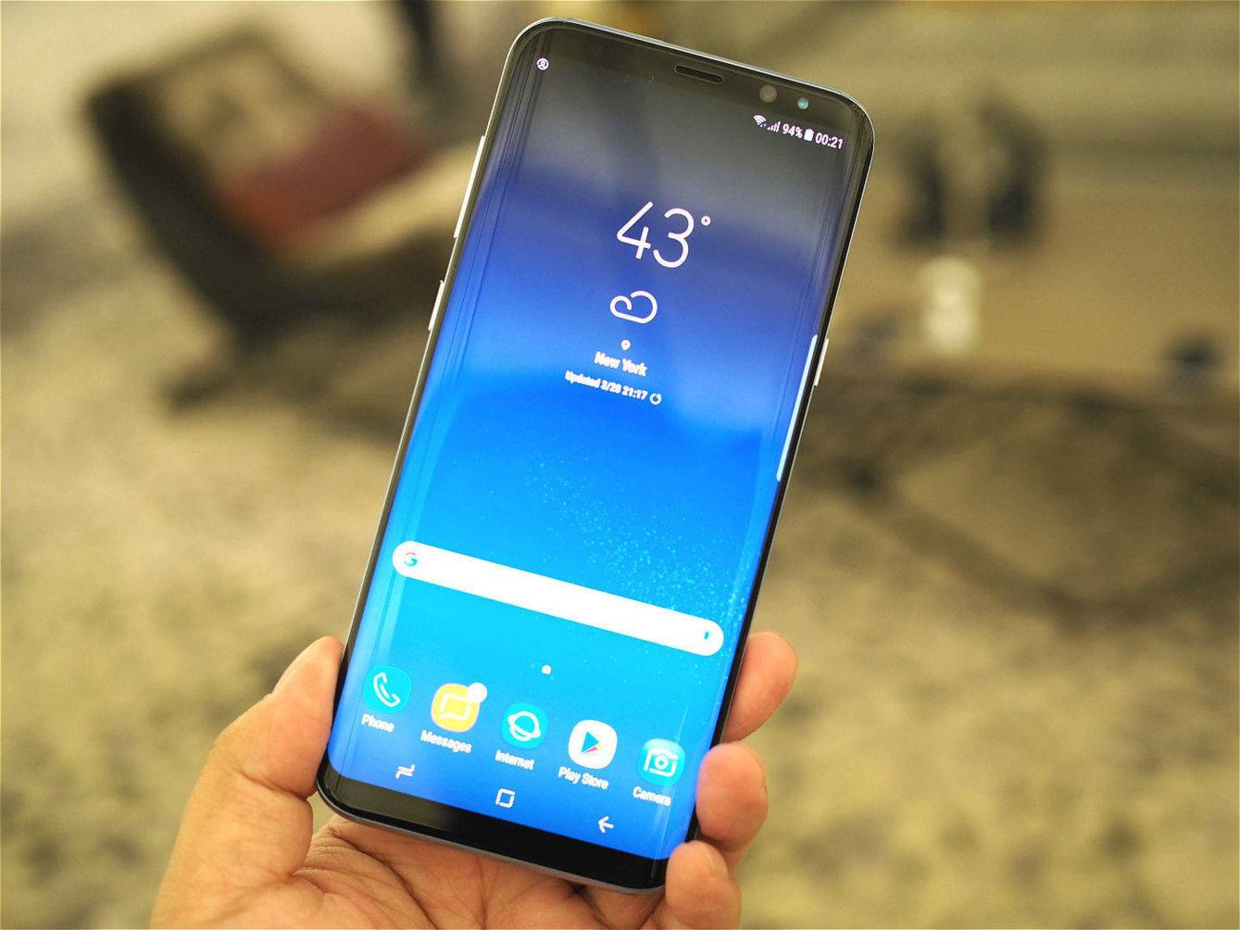
Although Xiaomi's full screen caused a commotion, the first wave of full screen climax was brought by Samsung.
On March 29, 2017, Samsung launched the Samsung Galaxy S8 series in New York, proposing the new concept "full-view curved screen".
Different from Xiaomi MIX, Samsung has retained the traditional layout of the upper and lower ends. On the basis of continuing to reduce the left and right borders, it has greatly reduced the width of the upper and lower "forehead" by using fingerprint rear-mounted and rounded screens, making the screen ratio of Galaxy S8/S8 + reach 84%, which is comparable to Xiaomi MIX (calculated by "screen ratio = screen display area/whole machine area"),18.5: the screen ratio of 9 is also more exaggerated.
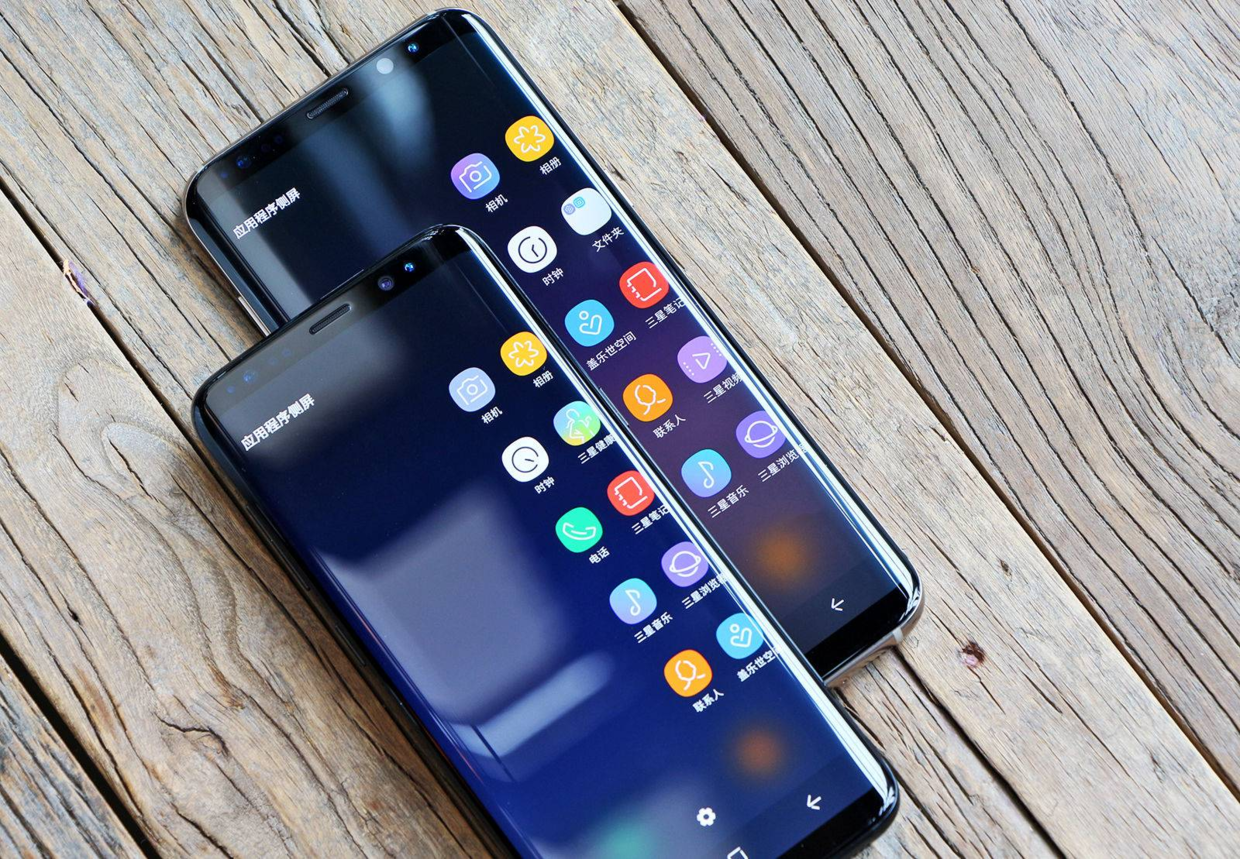
However, considering the timing of the release of the Samsung Galaxy S8 series, the continuous bombing of the Samsung Note 7 in 2016 brought extremely bad effects, as well as Samsung's differential treatment of Greater China and the THAAD entry into South Korea, the Galaxy S8 series carried an unbearable burden.
There is no denying that Samsung's typical symmetrical structure of "crested pig belly and leopard tail" really made people shine at first.
However, the narrowing itself is relatively "moderate" and is not fundamentally different from the first iPhone, especially after Apple's alien screen came out.
④
Essential Phone: Under the Halo
○
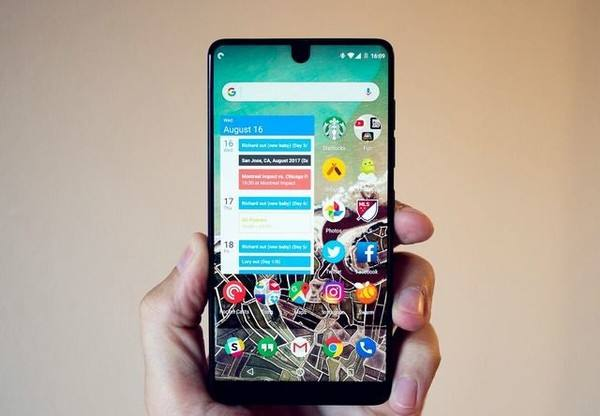
The popularity of Essential Phone is too small, after all, its sales volume is only 150,000.
However, after Andy Rubin, the father of Android, left Google, the Essential Phone PH-1 was inevitably disappointing for the first flagship machine released by the newly established start-up.
The Essential Phone screen accounts for 84.9%. It adopts a full screen design with ultra-narrow borders on the top and left and right sides. The body frame is made of titanium. There are two magnetic points on the right side of the main camera, which can be used to connect such as 360-degree panoramic camera (Support UHD @ 30fps video recording), charging base and other original modular accessories.
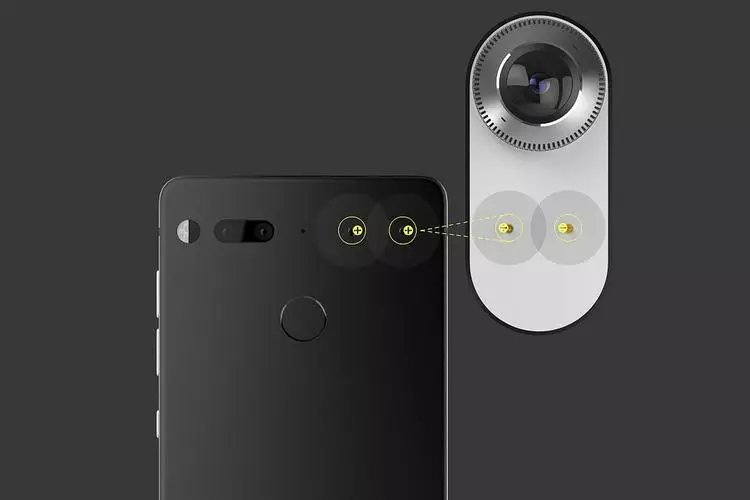
Although as early as the end of April 2017, Essential officially landed in Canada, France, Germany, Japan and the United Kingdom, and once threatened to challenge Samsung; however, due to complex process problems, even the founder himself briefly "resigned" for a period of time, so that the sales were dismal and had to announce the suspension of production.
What's more, Essential Phone 2, which was once highly expected, also announced its death.
Although it has lost completely before confronting Samsung head-on, Essential Phone is the first pioneer on the timeline who dares to "destroy" the full screen and bring the special screen.
⑤
IPhone X: Full Dead Alien Stand
○
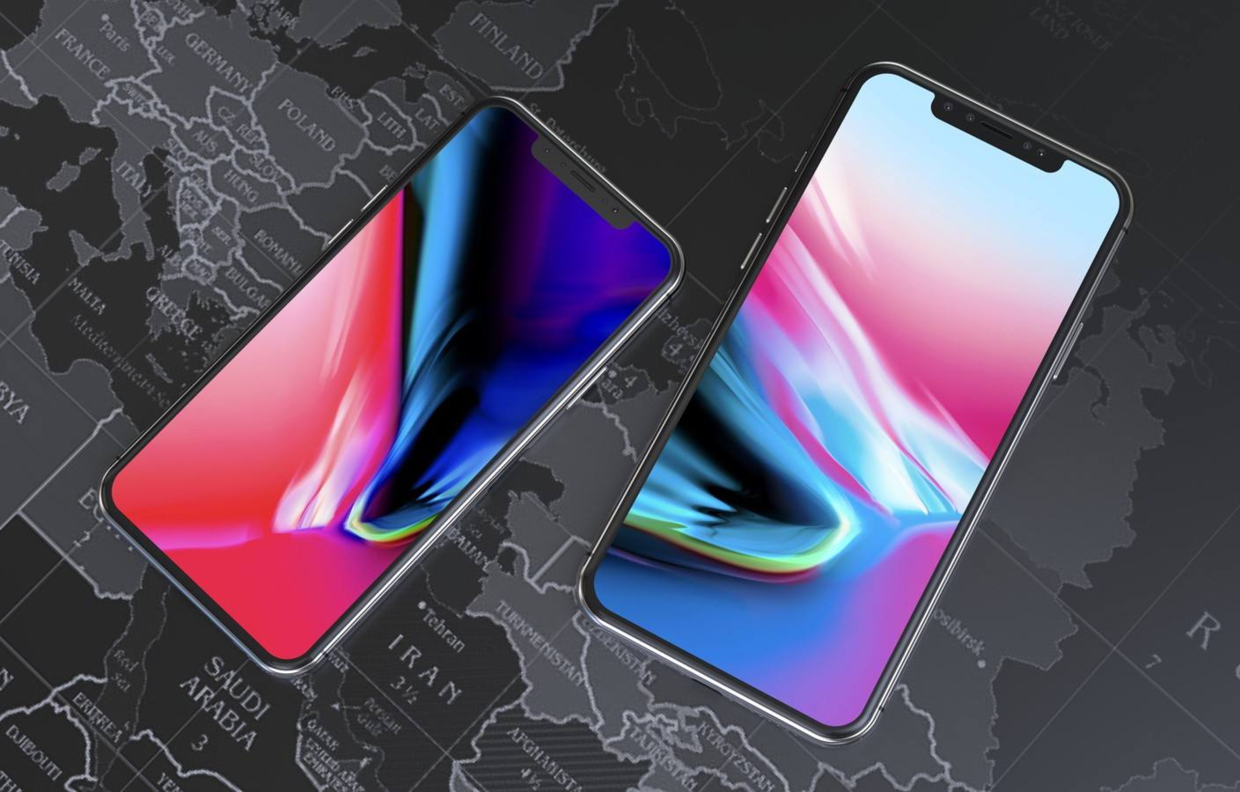
Essential Phone's challenge to Samsung was naturally a failure, but Apple used almost the same strategy to forcefully block Samsung's curved screen hegemony.
On September 13, 2017, Apple paid tribute to the 10th anniversary of the iPhone, iPhone X, and the iconic "big bangs" once opened the era of special-shaped screens.
The screen ratio of 19.5:9, the integrated "bangs" of the camera, sensor and handset, and the narrower bottom edge after the Home key is canceled, making the screen ratio of iPhone X up to 83%.
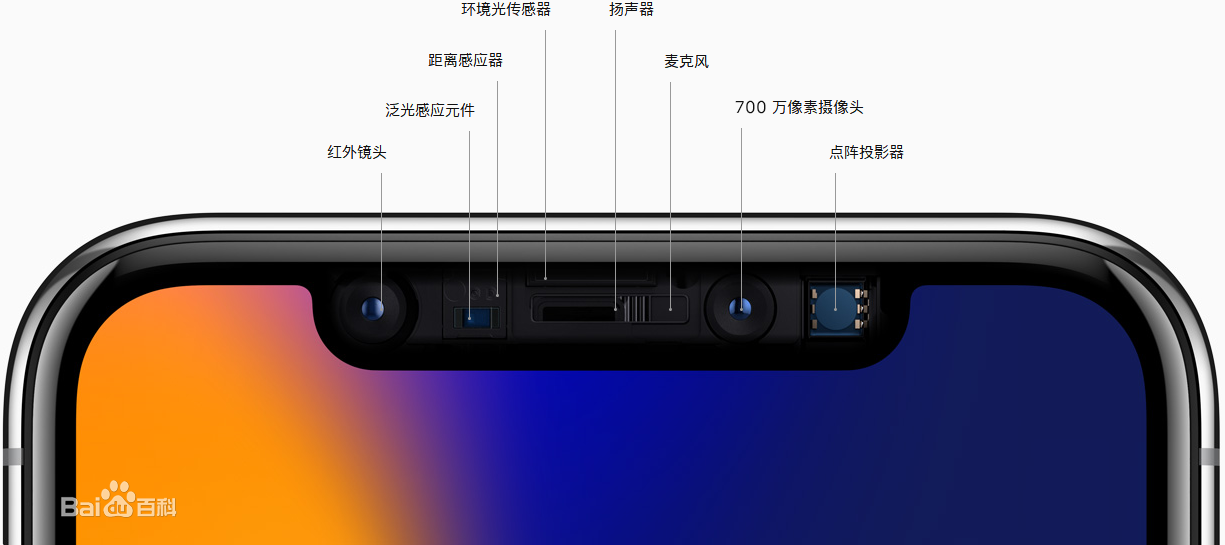
It is difficult for us to judge whether Essential Phone and iPhone X are ambiguous, but to some extent Essential Phone has made a perfect mistake demonstration for iPhone X. Let iPhone X have a more prudent choice-big bangs, which put all the components that can be integrated on the "forehead" of the phone ".
Although the big bangs of iPhone X were once criticized, they still become popular under the pursuit of friends with Apple's own influence. This is also a sign that Apple's design has begun to tilt towards operation.
However, it has to be said that even if Apple does not have Xiaomi's innovation, Essential's ambition and Samsung's screen technology, it still has the ability to integrate the most appropriate "extreme design" among the "outdated" technologies and bite out the pure land that belongs entirely to itself in the world of full screen.
Since Apple has crooked the full-screen technology tree, countless bangs of derivative water drop screens, pinhole screens and beauty tips have come and gone. Until nine months later, OV brought a third mode besides curved screen and special-shaped screen.
⑥
Vivo NEX & OPPO Find X: small test scalpel
○
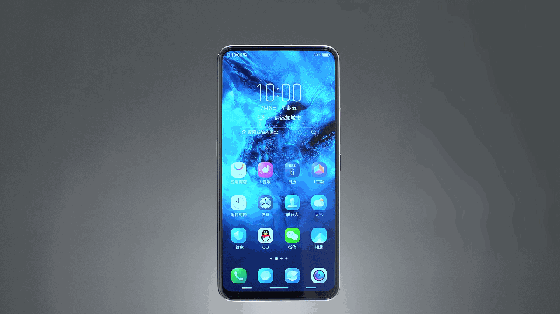
I have been led by the nose all the time. This kind of feeling is very bad. OPPO and vivo, as the big winners, finally released a big move after holding back for nearly a year.
On June 12, 2018, vivo launched vivo NEX, which is equipped with a 6.59-inch OLED display screen with a display ratio of 19.3:9. The front camera is hidden with a lifting structure. The front of the whole body has no bangs or openings, and the screen proportion reaches 91.24%.

On June 19, 2018, OPPO restarted the Find series after four years and launched Find X, using a 6.4-inch 19.5:9 "curved panoramic screen". By canceling the "bangs", narrowing the "chin" and adopting a round large R angle, the front camera module was hidden with a "double-track latent view structure" to 93.8% the screen ratio.
Vivo NEX and OPPO Find X interrupted the "casting" of Apple's special-shaped screen with stupid method-mechanical lifting, which is unique among the bangs on one side of thousands of machines. However, while solving the problem of homogenization of modeling, they also brought new problems such as durability of mechanical structure and dust accumulation of lifting module.
But this has made OV one of the few hard core designs.
⑦
Glory Magic2: You have it, I have it all
○
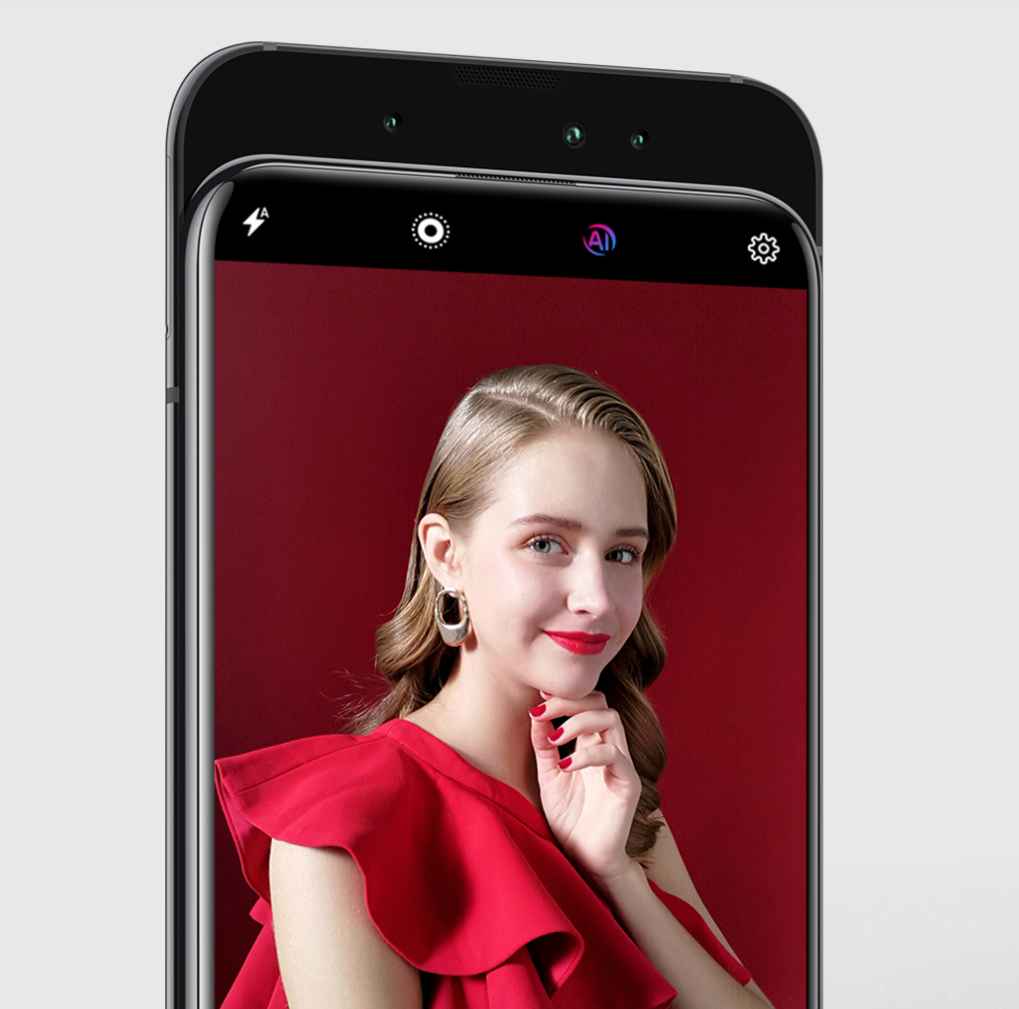
After OV's sword was bright, Huawei and Xiaomi were not idle.
On August 30, 2018, Huawei launched its own full-screen mobile phone Glory Magic2 in Germany. The machine uses the butterfly five-track sliding screen structure independently developed by Glory and is equipped with a front camera. The front appearance is a 6.39-inch AMOLED screen with a screen ratio of 91.5%.
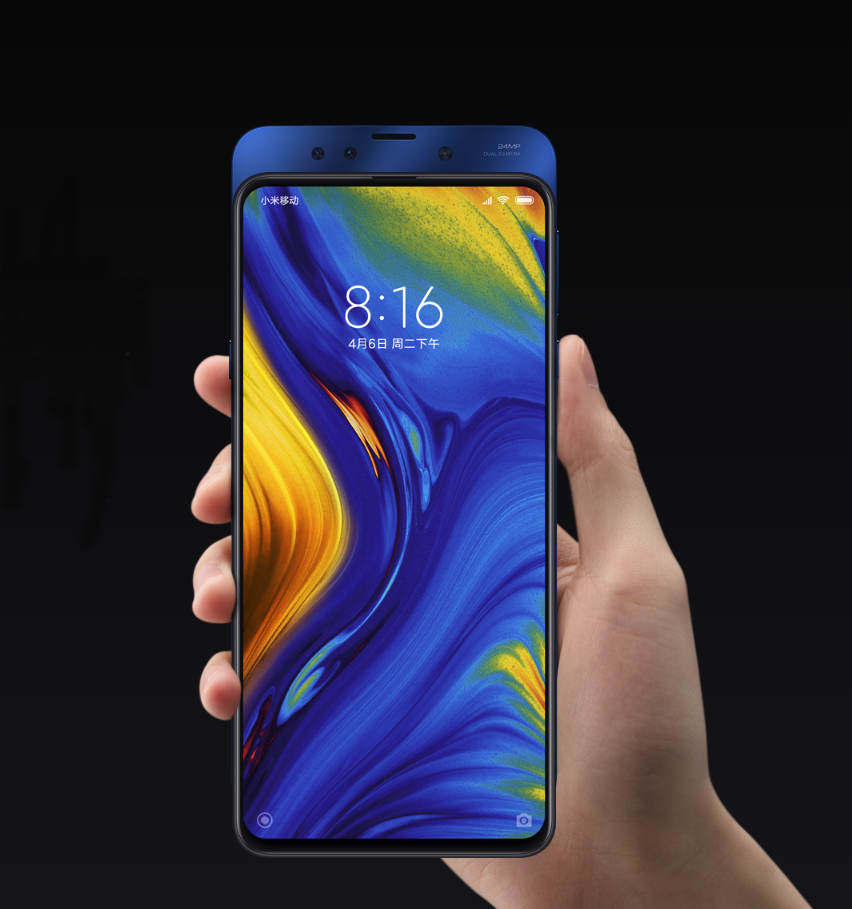
On October 25, 2018, Xiaomi officially released the new flagship of Xiaomi MIX3 in the Palace Museum. It adopts a sliding cover full screen, magneto-dynamic design, and a 6.39-inch FHD + AMOLED screen. The screen accounts for up to 93.4%, the bottom is shortened by 4.46mm, and the front is almost all screens.
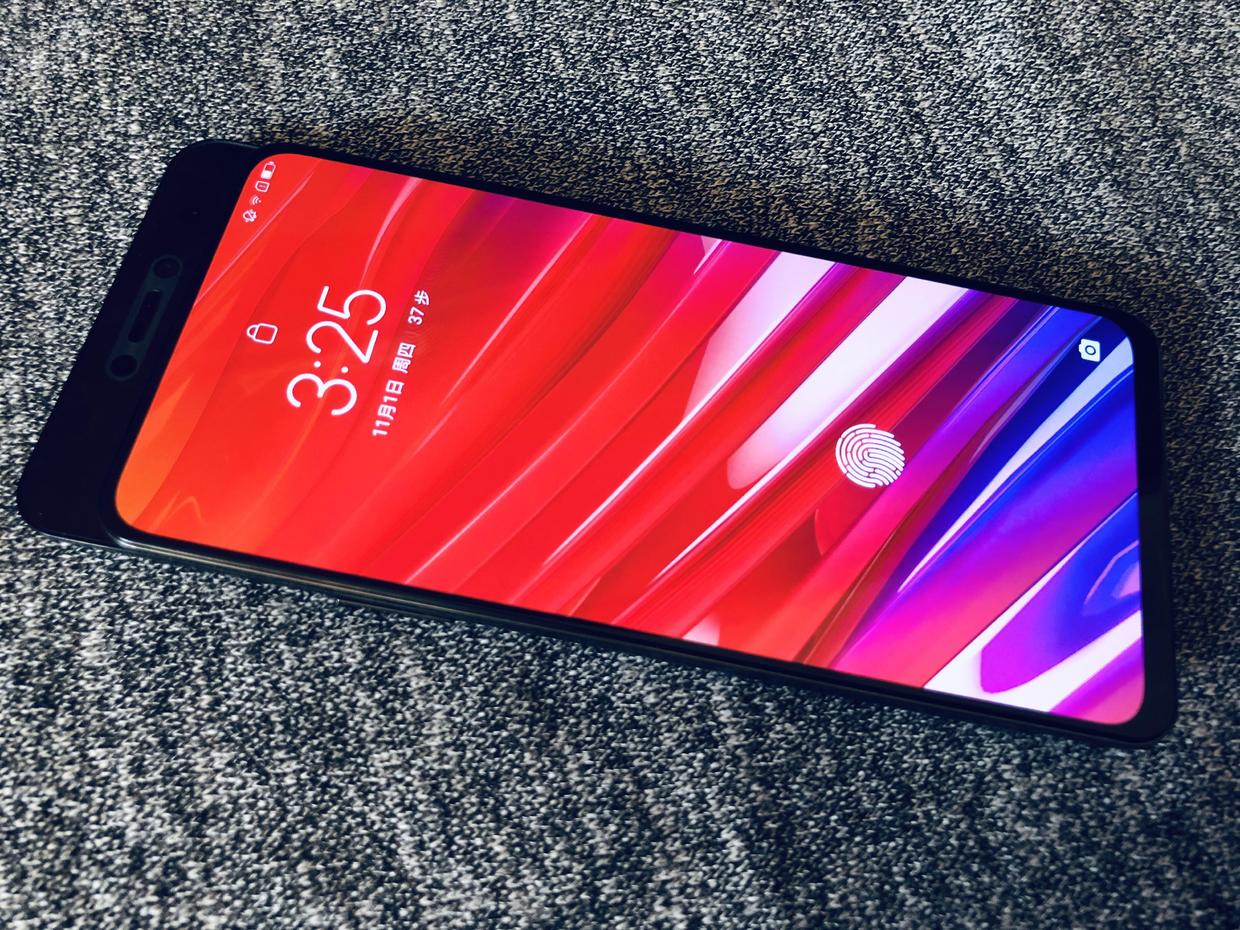
On November 1, 2018, Lenovo officially released the Z5 Pro equipped with a full screen with a sliding cover. The Z5 Pro goes further on the basis of the Z5. It uses a sliding rail called "embarrassing and powerful mythical beast" by Lenovo to reduce the noise of the sliding screen and increase the proportion of the screen to more than 95%.
In less than a week (Glory Magic2 was released in Beijing on October 31), the three sliding-screen phones opened the second half of the full-screen "three points and promotion" in a more radical way.
Before the smile on Huawei's face on the full screen dissipated, Xiaomi and Lenovo rubbed the heat: Wait, don't worry, you have it, we all have it.
Compared with the convergence of vivo NEX and OPPO Find X in mechanical structure, glory, millet and Lenovo are much more unrestrained. Since the curved screen can only narrow its vision, the bangs screen cannot bear to look directly at it, the water drop screen is rare to be complete, and the pinhole screen always has thorns, it can only be made in structure.
⑧
Nubian X: Screen Behind
○


On the day of Glory's release in Beijing on October 31, 2018, Nubian X brought another solution to a true full-screen: a full-screen with a front and rear double-screen design, a 6.26-inch LCD material on the front, a screen aspect ratio of 19:9, and a screen ratio of 93.6%; The 5.1-inch, OLED screen with secondary screen has AOD display technology.
The significance of Nubian X for full screen is not only to overtake in corners with a double-sided scheme: no bangs, no digging holes, no water droplets, no mechanical structure and no sliding screen, but it still realizes full screen. What's more, the LED screen has made an OLED-like effect.
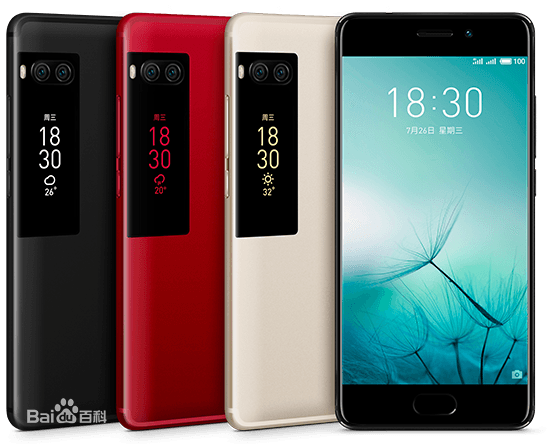
But this kind of double-sided screen also has roots to follow.
Meizu realized some functions on the flagship machine Meizu PRO 7 released on July 26, 2017, with a 5.2-inch Super AMOLED on the front, a screen ratio of 71.4%, and a 1.9-inch AMOLED on the back.
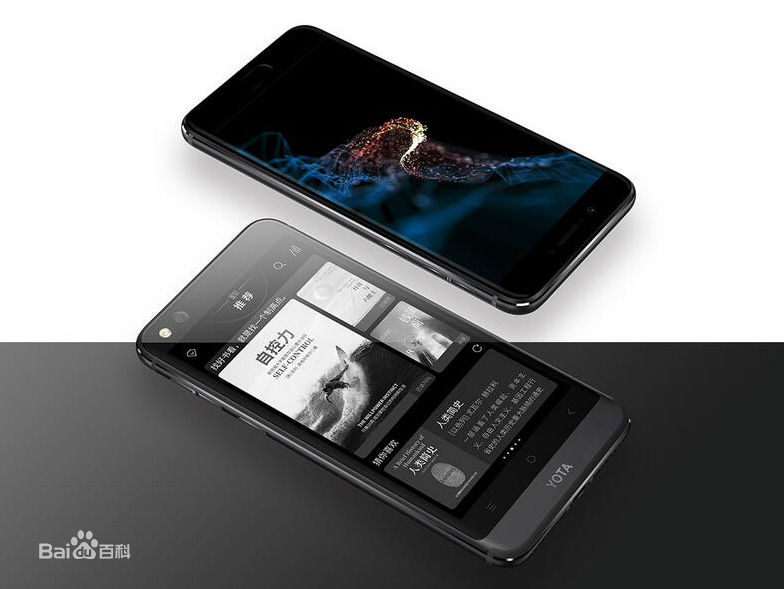
However, YotaPhone 3, the third-generation product of YOTA jointly developed by China and Russia after Meizu PRO 7, was launched in Chongqing on September 19, 2017. The front color screen was expanded to 5.5 inches and the back electronic ink screen was expanded to 5.2 inches. In an era when the special-shaped screen is the same, betting on the electronic ink screen to "read" is a clear stream.
Regardless of the safety of the double-sided screen, it can throw all the elements that are not needed on the front to the back and extend the ecology of the back. However, while the double-sided screen brings advantages to them, it will inevitably make the body thicker, which is unbearable in the era of thinner and thinner straight mobile phones.
⑨
Huawei MateX: Everything is ready, only waiting for Dongfeng
○
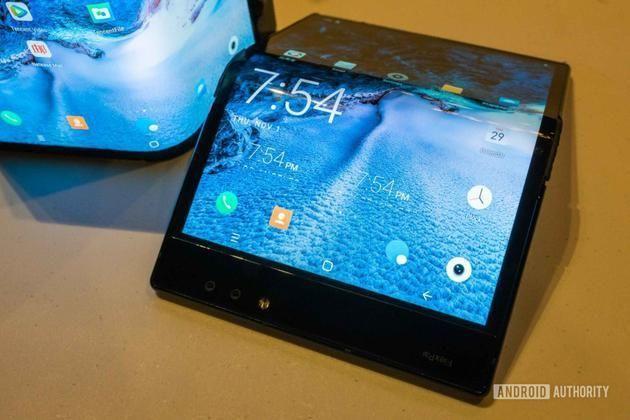
Also on October 31, 2018, the FlexPai of soft science and technology, 4:3 screen aspect ratio and 7.8 inch AMOLED display were also released on this day.
Although the concept of the first folding mobile phone is really exciting, the posture of FlexPai being "snapped" is really not decent.
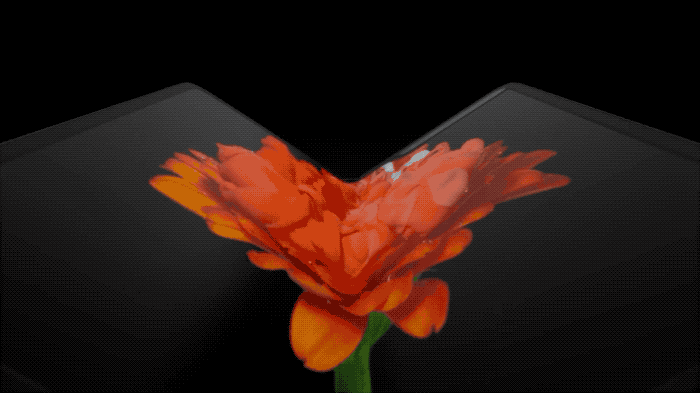
I don't know if the FlexPai sniper made Samsung confused. Samsung released its first folding phone Galaxy Fold on February 21, 2019 before Huawei.
The Galaxy Fold's folding posture is indeed much more decent than FlexPai, but it has made the mistake that Samsung has always been aggressive. The side bangs have destroyed Samsung Virgo's aesthetic or minor problems. The folding hinge once again pushed Samsung into the "fire pit".

Compared with the aggressive advance of Galaxy Fold, Huawei is much more stable. On February 24, 2019, Huawei released the first 5G folding screen mobile phone Mate X at the MWC 2019 World Mobile Congress in Barcelona.
Different from the Galaxy Fold's internal folding scheme, Mate X uses an external folding structure, which is somewhat similar to FlexPai but more mature.
Due to the lack of decent FlexPai, the failure of Samsung Galaxy Fold in the first round, and Huawei Mate X still holding the pipa half-hidden, the public opinion is full of resistance to folding mobile phones. However, under the "divine operation" of "teammate" Trump, Mate X is really not in a hurry.
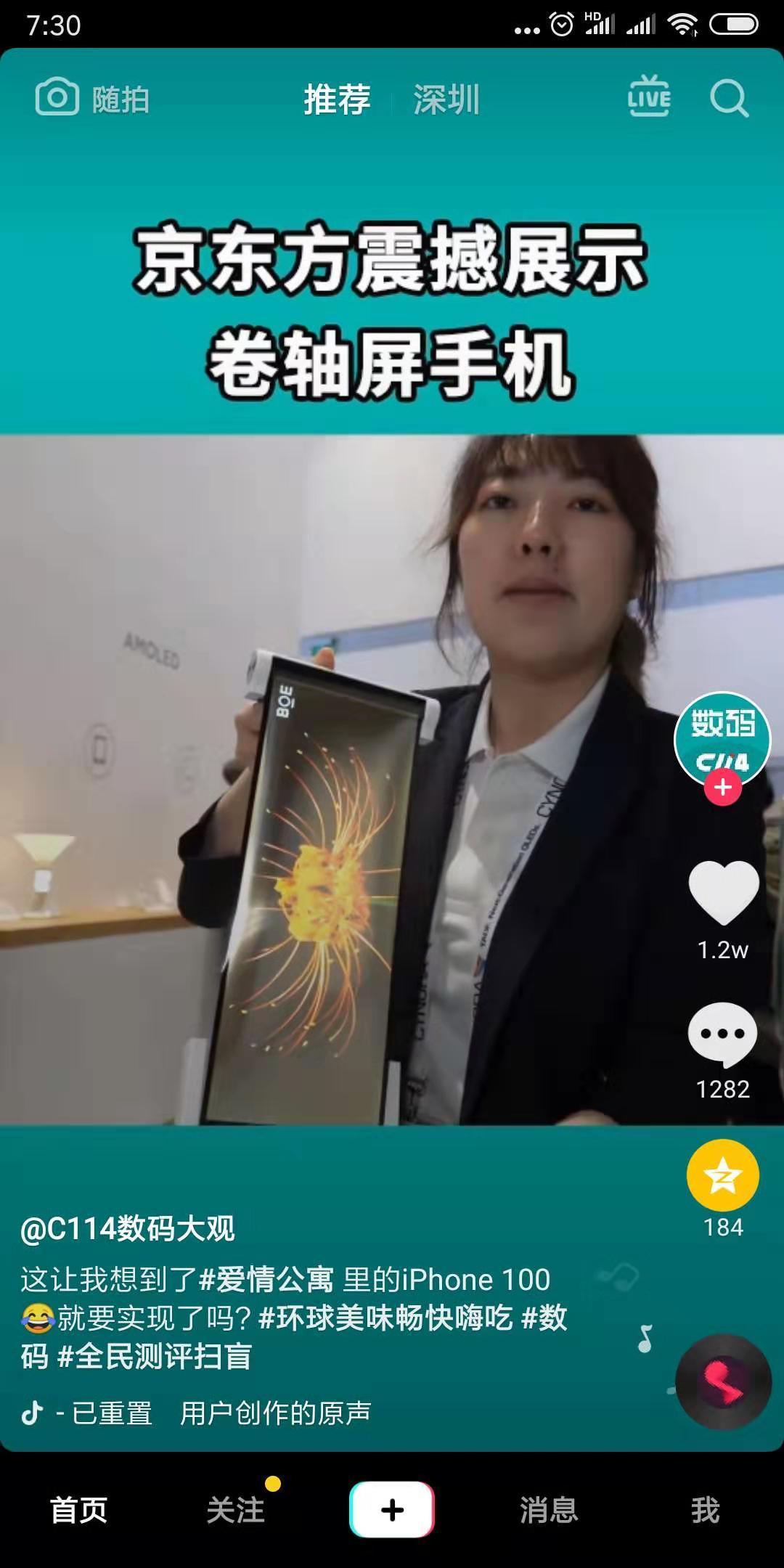
The folding screen was just precocious, and BOE threw out the "scroll screen". Although it was not "amazing", its imagination was infinite.
⑩
Under-screen camera: undercurrent surging
○
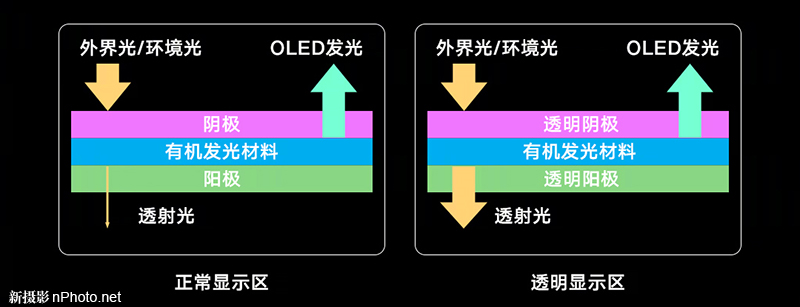
The above is just the representative works of major manufacturers, and under these main plots, there are always people who want to make a little action.
For example, how can Huawei, vivo, Xiaomi and OPPO hide the most eye-catching "hidden video screens" recently.
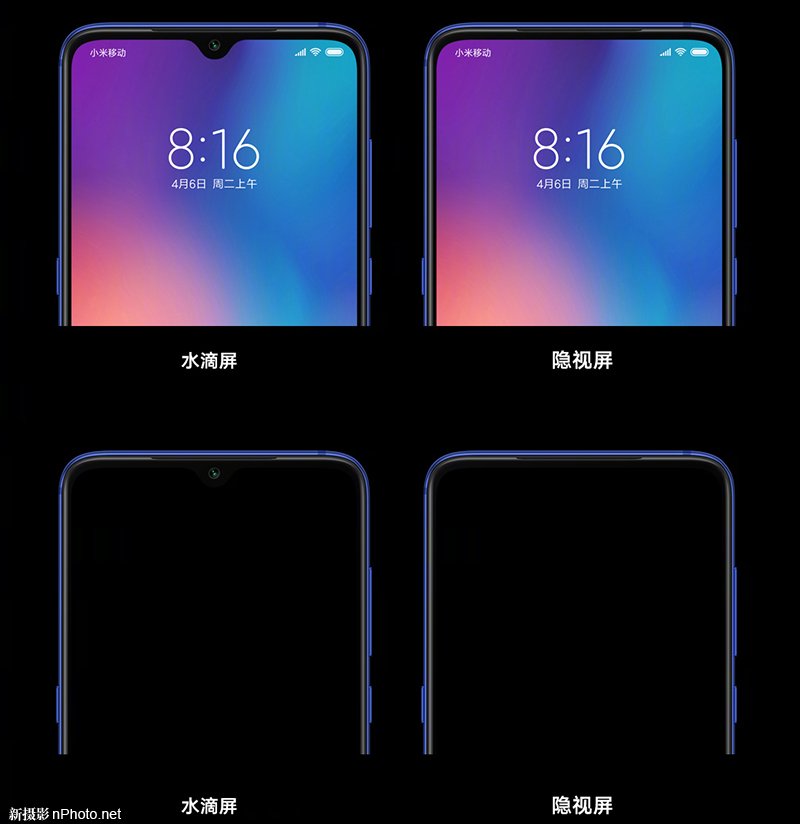
The camera that can realize seamless "concealment" by technical means is naturally more mature than the chin and "handle" of Xiaomi MIX and Samsung Galaxy S8, more beautiful than the forehead graffiti of Essential Phone and iPhone X, more stable than the local lifting of vivo NEX and OPPO Find X, more exquisite than the sliding screen structure of Glory Magic2, Xiaomi MIX3 and Lenovo Z5 Pro, and more efficient than the double-sided structure of Nubian, it is also simpler than the folding structure of FlexPai, Galaxy Fold and Mate X.
However, its appearance is probably due to the fact that domestic manufacturers are beginning to dislike Apple's lagging aesthetics and Samsung's technology is too soft to help themselves.
LLI
Smart Glass: A Real Full Screen?
○
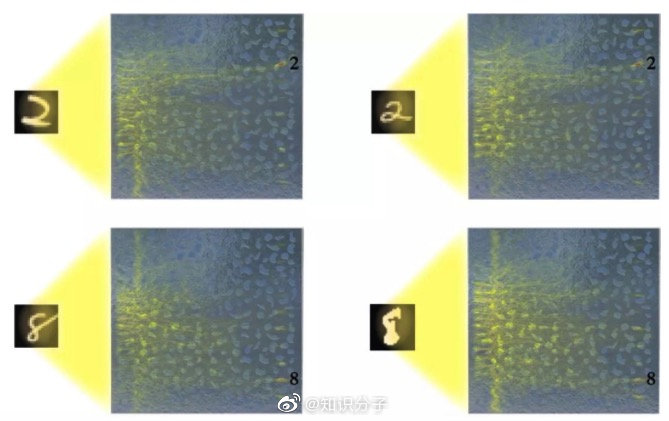
So, under-screen technology and folding screen must be the last future of full screen?
Yes, the future is true, but within a predictable range, off-screen technology and folding screen may only be the early products of full screen. The real full screen is likely to shine brilliantly on the "smart glass.
Engineers from the University of Wisconsin-Madison have designed a piece of "smart glass" that can recognize images without the aid of any detectors, circuits and power sources; and they are also trying to use optical methods to integrate cameras, detectors and deep neural networks on a single piece of thin glass.
And this may be the next generation of display technology that is more competitive than AMOLED.

It is not difficult to find a simple list:
Xiaomi MIX was the first to shout the slogan, adjust the internal structure and define the semi-finished product of the full screen at the end of 2016.
Samsung Galaxy S8 redefined the first generation curved screen in the first half of 2017 with COF packaging process.
Essential Phone and iPhone X use a cutting process to define the second generation of special-shaped screens in the second half of 2017.
Vivo NEX, OPPO Find X, Glory Magic2, Xiaomi MIX3 and Lenovo Z5 Pro use mechanical lifting to define the third generation lifting screen in 2018.
FlexPai, Galaxy Fold and Mate X use flexible screens to define the fourth generation folding screen in the first half of 2019.
As well, Huami OV is busy defining the fifth generation hidden video screen.
Further back, it's smart glass's turn.
In these full-screen schemes, Sharp, Xiaomi MIX, Essential Phone and Nubian X have crooked the technology tree from the very beginning, and their brand influence is limited (Xiaomi MIX is the return of Lei Jun after Xiaomi's crisis); From Sharp's existence in name only, the negative expectations of Essential Phone, and the blossoming of flowers after Xiaomi, it can be seen that the "stimulating battlefield" of the full screen is still in China, even if the double-sided screen is just a epiphyllum, it is better than "disagreement.
Samsung's curved screen is beautiful, but regardless of its excellent screen, it is more like the ultimate performance of "borderless", so the screen features and marketing value are not obvious enough.
In contrast, Apple's desperate bangs have aroused frogs. Once you get used to this alternative aesthetic, there is nothing to say. In addition, Apple's influence can be overdrawn.
As for vivo NEX, OPPO Find X, Glory Magic2 and Xiaomi MIX3, they use the stupid method of "mechanical lifting" to attack the special-shaped screen, which is actually the same as the iPhone X sniper curved screen, and they all find their own position by breaking the rules. Therefore, opportunities and risks coexist.
Until Galaxy Fold and Mate X jumped out of the framework of full screen, 5G came quietly. From Sharp, Samsung to BOE, major manufacturers realized that the real importance of full screen is not all kinds of gimmicks, but the upgrading of display technology.
As a screen war that emerged from Xiaomi and flourished at Huawei; To some extent, it is a "dragon slaying" campaign after domestic machines have shown their swords to Samsung and Apple again and again: first, pull the battlefield back to China; Then, learn from foreigners to control foreigners. Then, with a small and broad group attack; Finally, open up the front domestic mobile phones will never be slaves.
Those failed warriors have a commendable spirit, and those who succumb to the evil dragon need not joke, because they will inevitably be washed by the waves if they do not work hard.
Those successful warriors should also fight steadily. After all, no one knows if the next one will become a dragon?
However, if a warrior wants not to become an evil dragon after slaying a dragon, what he needs is not only to dare to resist authority, but also to walk out of revolutionary steps with an empty mind after the enemy falls down and becomes an authority.
Once upon a time, we had two invincible enemies, Samsung and Apple, but now our enemy will only be the "conservative" self. We will collapse at the touch of curved screen, we will imitate the special-shaped screen, we will entertain ourselves with the lifting screen, we will be slightly better with the folding screen, and we will stand alone with the hidden screen. In the 5G era, do we still have to stumble on the future screen of "smart glass?
PS: Some materials come from @ Tiger Smell @ Zhihu and @ yankodesign
The copyright of this work belongs to 何鲸洛. No use is allowed without explicit permission from owner.

New user?Create an account
Log In Reset your password.
Account existed?Log In
Read and agree to the User Agreement Terms of Use.

Please enter your email to reset your password
The article is getting better and better
Sincerely good article
So long